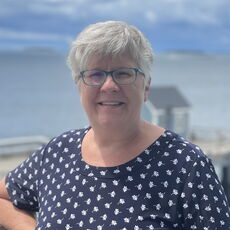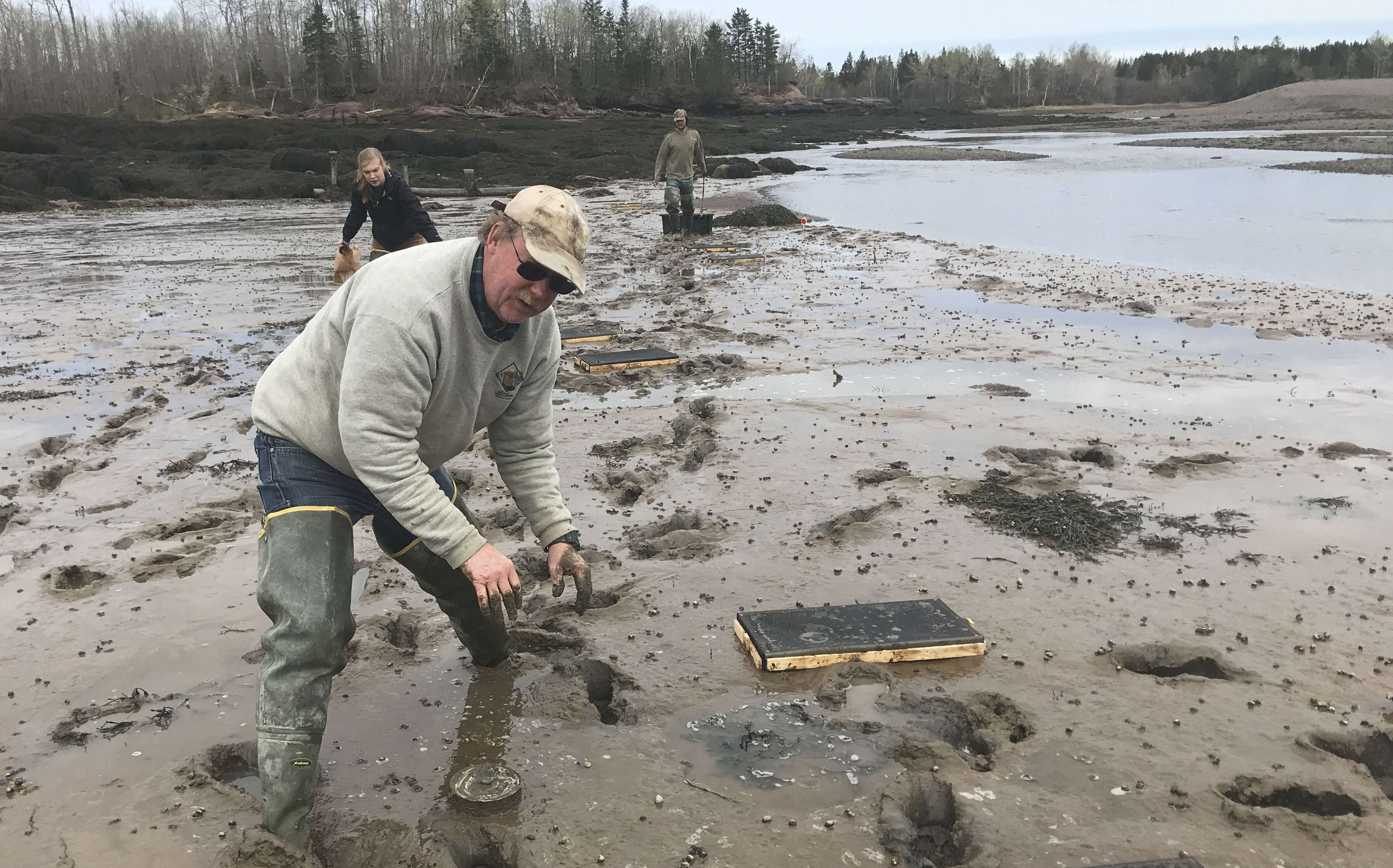
Processing Your Payment
Please do not leave this page until complete. This can take a few moments.
- News
-
Editions
-
- Lists
-
Viewpoints
-
Our Events
-
Event Info
- Women's Leadership Forum 2025
- On the Road with Mainebiz in Bethel
- Health Care Forum 2025
- On The Road with Mainebiz in Greenville
- On The Road with Mainebiz in Waterville
- Small Business Forum 2025
- Outstanding Women in Business Reception 2025
- On The Road with Mainebiz in Bath
- 60 Ideas in 60 Minutes Portland 2025
- 40 Under 40 Awards Reception 2025
- On The Road with Mainebiz in Lewiston / Auburn
- 60 Ideas in 60 Minutes Bangor 2025
Award Honorees
- 2025 Business Leaders of the Year
- 2024 Women to Watch Honorees
- 2024 Business Leaders of the Year
- 2023 NextUp: 40 Under 40 Honorees
- 2023 Women to Watch Honorees
- 2023 Business Leaders of the Year
- 2022 NextUp: 40 Under 40 Honorees
- 2022 Women to Watch Honorees
- 2022 Business Leaders of the Year
-
-
Calendar
-
Biz Marketplace
- News
-
Editions
View Digital Editions
Biweekly Issues
- April 21, 2025 Edition
- April 7, 2025
- March 24, 2025
- March 10, 2025
- Feb. 24, 2025
- Feb. 10, 2025
- + More
Special Editions
- Lists
- Viewpoints
-
Our Events
Event Info
- View all Events
- Women's Leadership Forum 2025
- On the Road with Mainebiz in Bethel
- Health Care Forum 2025
- On The Road with Mainebiz in Greenville
- On The Road with Mainebiz in Waterville
- + More
Award Honorees
- 2025 Business Leaders of the Year
- 2024 Women to Watch Honorees
- 2024 Business Leaders of the Year
- 2023 NextUp: 40 Under 40 Honorees
- 2023 Women to Watch Honorees
- 2023 Business Leaders of the Year
- + More
- 2022 NextUp: 40 Under 40 Honorees
- 2022 Women to Watch Honorees
- 2022 Business Leaders of the Year
- Nomination Forms
- Calendar
- Biz Marketplace
Downeast marine lab launches $4M capital campaign for housing, operations
 Rendering / Courtesy, James Fahy Design Associates
The Downeast Institute's proposed housing campus would include new structures like this one as well as renovated cabins.
Rendering / Courtesy, James Fahy Design Associates
The Downeast Institute's proposed housing campus would include new structures like this one as well as renovated cabins.
The Downeast Institute, a marine research laboratory on Great Wass Island in the Washington County town of Beals, has launched the public phase of a campaign to raise $4 million in support of the institute's housing, operations and other capital priorities.
There's a pressing need for living quarters — for staff, visiting researchers and interns — in the immediate and surrounding area, the institute's executive director, Dianne Tilton, told Mainebiz.

Over the last two years, the institute has lost two promising new researchers because they were unable to find affordable places to live.
One scientist stayed with the institute for a couple of years but had to move because he couldn’t find a permanent home that was affordable, Tilton said. For the same reason, another researcher declined a position the lab had offered.
“We’re trying to make our location as attractive as possible,” said Tilton. “It’s attractive science-wise, but there are practical considerations.”
Clam babies
The institute began as a collaboration in 1987, when clam harvesters and town officials in six Washington County communities were concerned about declines in soft-shell clam harvests.
Teaming up with Brian Beal, a professor of marine ecology at the University of Maine in Machias, the harvesters and officials created a hatchery to spawn wild clams and rear clam larvae and juveniles.

Over the next 16 years, the hatchery produced hundreds of millions of baby clams to plant on depleted municipal flats in more than 40 Maine coastal towns and a few in New Hampshire and Massachusetts. Production and accompanying research were conducted by UMM students and staff under Beal’s direction.
In 2000, after organizing as a nonprofit, the hatchery was renamed the Downeast Institute for Applied Marine Research and Education. It acquired a larger facility on nearby Great Wass Island, created a new shellfish hatchery and formally became the marine science field station for the University of Maine at Machias.
Expansion
Construction of an expanded $6.6 million marine research laboratory and education center was completed in 2018.
It includes a state-of-the-art shellfish hatchery; eight specialty laboratories including a quarantine lab, a climate-controlled lab and a large ecology/physiology lab with running seawater; and a new residence hall for up to 20 students, interns and visiting scholars.
The center has provided programming to thousands of K-12 students, college students, educators and other learners.
Today the institute has 14 staffers; three are research scientists, including Beal.
Housing
But as the organization continues to grow and add staff, affordable housing has been tough to find.
The institute acquired 10 acres of land close to the campus, equipped with five abandoned cabins, for $950,000. A main goal of the capital campaign is to pay for rebuilding or renovating the cabins for staff and visiting researchers.

The acreage came to the institute’s attention when the owner was getting ready to put it on the market, said Tilton.
The institute raised enough money for a down payment and closed on the purchase in January 2023.
The goal now is to raise $2.27 million for renovations, $572,000 for operating investments and $1.15 million for other capital priorities. In addition to more housing, goals include hiring two full-time scientists.

The campaign has two phases. The Phase I goal is to raise $900,000 and complete the acquisition of the 10-acre parcel by Dec. 31.
Phase II seeks to raise an additional $3.1 million to develop the parcel into a housing campus, recruit new permanent staff, and expand community outreach by Dec. 31, 2027.
The existing residence hall works for short-term stays, said Tilton.
“For long-term, it’s not ideal,” she said. “Plus it’s not set up for families.”
The plan is to tear down and rebuild at least two of the cabins on the same footprints and to renovate the others as well as a guesthouse on the property. James Fahy Design Associates in Rochester, N.Y., has been engaged for the project.

Most visiting researchers come from scientific facilities along the East Coast. But the institute also attracts researchers from across the U.S. and around the world.
“Last year, we had scientists from Israel who were doing research on soft-shell clams,” said Tilton.
The goal is to complete the campaign in the coming two years. In the meantime, the institute received a $500,000 grant from the Northern Border Regional Commission to start the renovations, probably in the spring.










0 Comments